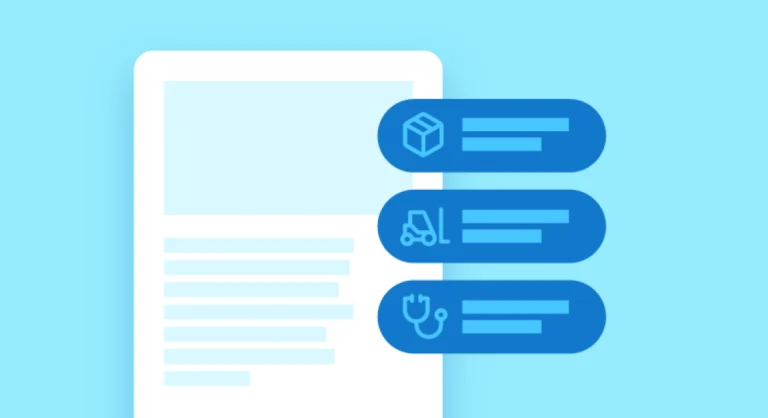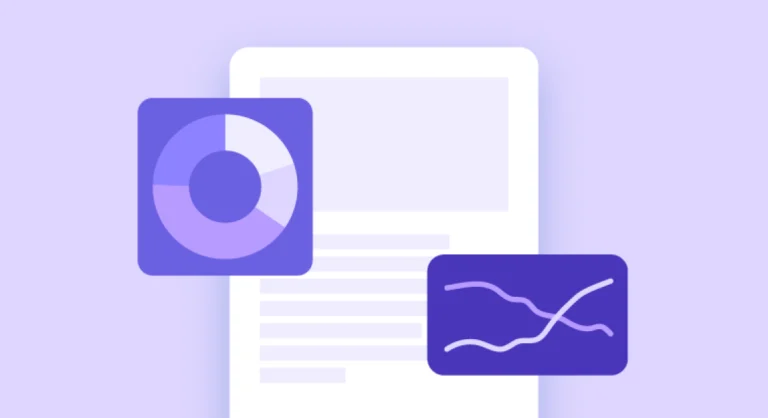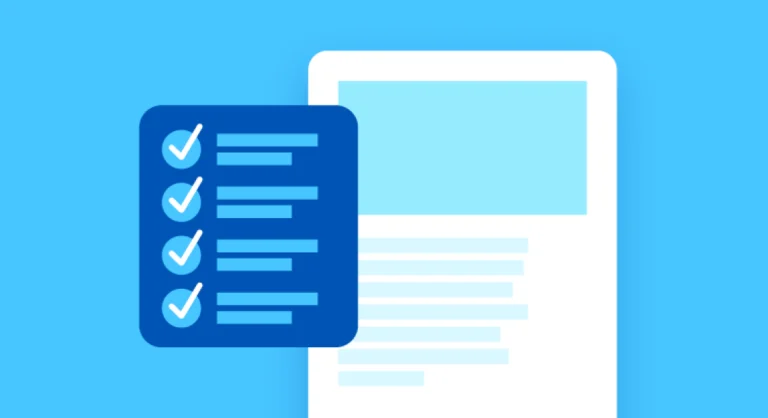Finance leaders across industries face mounting pressure to optimize their accounts receivable operations while maintaining strong customer relationships. With increasing transaction volumes, complex payment methods, and growing customer expectations, the need for accounts receivable management has never been more important. Whether you’re looking to accelerate cash flow, reduce costs, or enhance customer satisfaction, improving your accounts receivable process can deliver significant value to your organization. See our accounts receivable services to learn how we can help.

What is AR management?
Accounts receivable management involves more than basic invoicing and payment collection. It includes sophisticated credit evaluation, automated payment processing, strategic collections management, and data-driven decision making. As businesses expand globally and payment methods evolve, finance teams must learn how to automate accounts receivable to meet these changing demands.
The challenges facing AR teams continue to grow in complexity. From managing multiple payment channels to ensuring compliance across different jurisdictions, financial leaders must navigate an increasingly intricate landscape. Additionally, customer expectations for straightforward payment experiences and real-time information access add another layer of complexity to AR management.
The transformation of accounts receivable from a purely transactional function to a strategic business driver represents one of the most significant shifts in modern finance. This evolution reflects broader changes in business operations, technology capabilities, and customer expectations. Finance leaders now recognize that AR management directly impacts not only cash flow but also customer relationships and competitive advantage.
Understanding the AR landscape
Modern AR operations must balance multiple competing priorities. Teams need to accelerate cash collection while maintaining positive customer relationships, reduce costs while improving service quality, and increase automation while ensuring accurate oversight. This balancing act requires both technology and human expertise, starting with understanding what is accounts receivable automation software.
The role of AR professionals has evolved alongside these changes. Rather than focusing primarily on transaction processing, today’s AR teams must develop expertise in areas such as digital payment technologies, cash management tools, customer relationship management, and data analytics. This evolution demands new skills and approaches to AR management.
Assessment and benchmarking
Before implementing improvements, organizations need insights into their AR performance. This starts with examining your accounts receivable aging report and key efficiency metrics like the accounts receivable turnover ratio. Understanding your accounts receivable turnover helps evaluate collection effectiveness, while reviewing accounts receivable collection trends highlights areas needing attention. These metrics form the foundation for identifying improvement opportunities.
- Current state analysis: A review of AR operations must examine workflow, process controls, system integration points, and staff patterns. This analysis should document both formal procedures and informal workarounds that staff may have developed. Understanding these details helps identify improvement opportunities and potential risks.
- Performance metrics assessment: Beyond tracking basic metrics like DSO, organizations should evaluate a broader range of performance indicators that provide insight into customer satisfaction and risk management. This expanded view helps create a more complete picture of AR performance and improvement opportunities.
- Technology utilization review: Evaluate how current systems support AR operations, including integration capabilities, automation levels, and user adoption patterns. This assessment should consider both current needs and future requirements to ensure technology investments deliver long-term value.
- Staff capability evaluation: Assess team skills, workload distribution, and training needs. This human capital review helps identify opportunities for skill development, process improvement, and workload optimization. Understanding staff capabilities and limitations is crucial for successful improvement initiatives.
Read the blog → Strategies for optimizing your accounts receivable to maximize your ROI
Core strategies for improvement
Enhancing accounts receivable requires an approach that addresses all aspects of the order-to-cash cycle. Rather than implementing isolated improvements, organizations should develop integrated strategies that create sustainable performance improvements.
- Credit management optimization: Effective credit management begins with clear policies and procedures that align with business objectives and risk tolerance. This includes establishing structured workflows for credit evaluation, implementing automated monitoring systems, and developing clear escalation procedures for high-risk accounts.
- Invoice process enhancement: Modern invoicing processes must support multiple delivery channels while maintaining accuracy and compliance. This includes implementing automated validation checks, standardizing invoice formats, and establishing clear procedures for handling exceptions.
- Payment processing modernization: Organizations must develop payment acceptance strategies that balance customer preferences with business operations. This includes implementing automated payment processing systems, establishing clear procedures for exception handling, and maintaining proper controls over payment security.
- Collections management enhancement: Strategic collections management requires a balanced approach that maintains customer relationships while ensuring timely payment. This includes developing segmented collection strategies, implementing automated workflow tools, and establishing clear performance metrics.
Customer experience optimization
Creating a positive customer experience throughout the AR cycle has become increasingly important for maintaining competitive advantage. This requires developing integrated approaches that make it easy for customers to manage their accounts.
- Self-service capabilities: Modern AR operations must provide self-service options that allow customers to manage their accounts. This includes implementing secure customer portals, providing easy access to account information, and offering flexible payment options.
- Communication strategies: Effective customer communication requires developing clear messaging frameworks, establishing consistent delivery channels, and maintaining professional interaction standards. This includes both proactive notifications and responsive support capabilities.
- Relationship management: Building strong customer relationships requires understanding individual customer needs and preferences while maintaining consistent service standards. This includes developing personalized service approaches for key accounts while supporting operations for all customers.
Technology and automation solutions
Selecting and implementing appropriate technology solutions plays a crucial role in AR improvement. Organizations must carefully evaluate options and develop implementation strategies to ensure successful adoption.
- Platform evaluation: Technology selection should consider both current requirements and future needs, including integration capabilities, scalability requirements, and total cost of ownership. This evaluation should examine functional capabilities, technical requirements, and vendor stability.
- Implementation planning: Successful technology implementation requires careful planning that addresses system configuration, data migration, user training, and change management. This includes developing detailed project plans, establishing clear milestones, and allocating adequate resources.
- Ongoing optimization: Businesses should regularly monitor system usage, including regular reviews of automation rules, workflow configurations, and user adoption patterns.
Risk management and compliance
Risk management and compliance frameworks must balance control requirements with productive operations. This requires developing integrated approaches that address multiple risk dimensions while maintaining practical operations.
- Control framework development: Organizations must establish control frameworks that address credit risk, operational risk, and compliance requirements. This includes developing clear policies, implementing monitoring systems, and establishing regular review procedures.
- Compliance management: Maintaining compliance requires developing systematic approaches to monitoring requirements, implementing necessary controls, and documenting compliance activities. This includes establishing clear responsibilities for compliance oversight.
Measuring and maintaining success
Sustainable AR improvement requires establishing measurement systems and maintaining optimization efforts. This includes developing monitoring frameworks and maintaining continuous improvement programs.
- Performance monitoring: Establish systematic approaches to tracking key metrics, analyzing trends, and identifying improvement opportunities. This includes developing regular reporting frameworks and establishing clear accountability for performance results.
- Process optimization: Maintain ongoing efforts to identify and implement process improvements, including regular reviews of workflow, system utilization, and staff productivity.
- Ongoing improvement: Foster a culture of continuous improvement through regular team engagement, performance feedback, and skill development programs.
Why choose Billtrust
For over two decades, Billtrust has led the transformation of accounts receivable, helping businesses gain control of their cash flow and customer relationships through innovative technology solutions. As the leading provider of order-to-cash solutions, we empower organizations to streamline operations, boost productivity, and enhance customer satisfaction.
At Billtrust, we understand that every business has unique accounts receivable challenges. Our unified platform addresses the entire order-to-cash cycle, from credit decisions through collections, integrating with existing systems. Powered by industry-leading AI and backed by decades of expertise, we process over $1T in invoice dollars annually for 2,400+ customers worldwide.
Our expertise spans credit management, eCommerce capabilities, automated invoicing, payment processing, cash application, collections management, and advanced analytics. We serve businesses across 40+ industries, offering scalable solutions for mid-market to enterprise organizations.
When you partner with Billtrust, you get more than just technology – you get a team dedicated to your success. From implementation through ongoing optimization, we work alongside your team to ensure you achieve maximum value from our solutions. Join the thousands of businesses that trust Billtrust to transform their accounts receivable operations.
Join the thousands of businesses that trust Billtrust to transform their accounts receivable operations – contact us today!
















